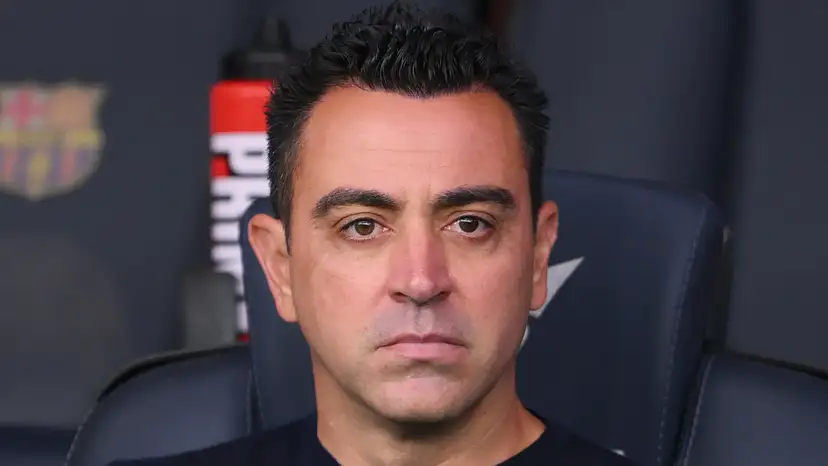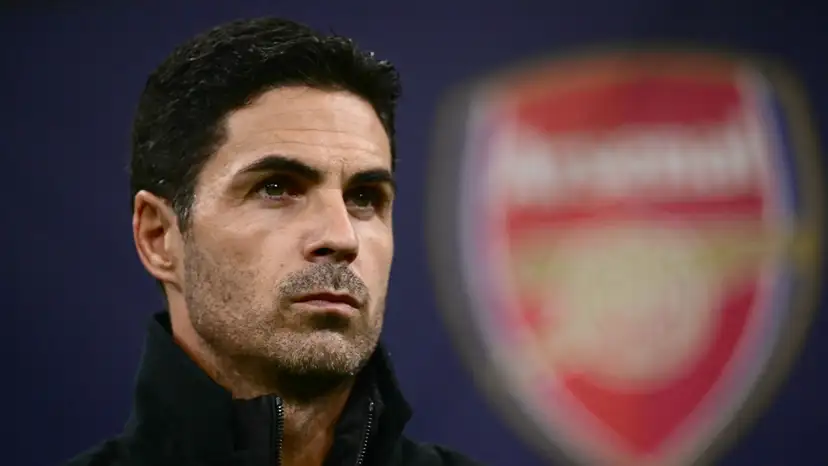
Imagine a centre-back standing on the halfway line while the opponent has possession. It is a sight that makes casual fans wince, commentators gasp, and opposing strikers salivate. It looks reckless, almost suicidal, like a defensive blunder waiting to happen. Yet in modern football, it is a deliberate weapon. By positioning the line so high, teams compress the pitch, turn passes into traps, and force opponents into uncomfortable, rushed decisions. The risk is real, but so is the reward. You cannot press effectively if your defenders are deep, and the high line makes the game shorter, faster, and more dangerous for the opposition.
The paradox of the high line is that it simultaneously invites danger and creates dominance. It forces the opponent to play on the edge, where a single misjudged touch or miscalculated run can be punished immediately. This is no accident or act of bravado, it is a tactical choice that is defining modern elite football. In 2025, the high line is the dividing line between the brave managers who dare to dominate space and the pragmatic ones content to hide behind their defence. Teams that want to compete at the top must embrace it, because it is both a defensive strategy and an attacking weapon, a symbol of control and aggression all at once.
The effectiveness of a high line depends on a combination of compression, coordination, and modern technology. The “accordion effect” (compression) is central: defenders and midfielders shrink the playable area of the pitch to about 25–30 metres, suffocating the opponent’s midfield and making passes out from the back nearly impossible. This is amplified by pressing triggers, when the ball enters a specific zone, four or five players simultaneously converge, turning an ordinary pass into a high-risk duel.
VAR and semi-automated offside technology have made the high line more reliable than ever. Defenders no longer fear a human linesman missing a marginal call. They can step aggressively, confident that any millimetre-level overrun will be flagged. This technology has transformed what was once considered suicidal into a calculated, almost mechanical tactic.
No high line can function to an optimal level without the right goalkeeper. The modern “sweeper keeper” is essential, able to defend outside their box, read through balls, and act as a safety net. From Manuel Neuer’s pioneering style to modern examples like Alisson or Joan Garcia, these goalkeepers allow teams to push the line forward, knowing that mistakes can be mitigated. The high line is thus a system built on compression, precision, and trust, trust in teammates, trust in technology, and trust in the keeper.
The high line is thrilling, but it walks a razor’s edge. Critics often describe it as “suicidal,” and there are moments when it looks exactly that. A single pass over the top can leave a defender exposed in a one-on-one situation with the striker, a split second’s hesitation can concede a goal, and a misjudged step can undo 89 minutes of dominance. To the casual observer, it appears reckless, but to managers who understand the mechanics, it is a calculated risk.
The physical demands of the high line are extraordinary. Defenders cannot simply rely on positioning; they must be fast, agile, and explosive. A centre-back who struggles with pace can be a liability, unable to recover from a broken line or chase an over-the-top ball. Slow, heavy-footed defenders are incompatible with a system that stretches 50–60 metres of space in front of goal.
Equally important is the mental burden.
Playing on the halfway line requires constant concentration, anticipation, and coordination with teammates. Every moment demands awareness of the ball, the runners, and the lines of defence. One small lapse, a delayed step, a dropped shoulder, or a missed reading of the striker’s movement, can lead directly to a goal. The margin for error is razor-thin, and the psychological pressure on defenders is immense. The high line removes the option of passive defending, forcing teams to engage actively throughout the match, leaving no room for error or complacency.
Some teams have mastered the high line with remarkable precision. Hansi Flick’s Barcelona exemplifies the “extremist” approach. Since 2024/25, they not only play high, they weaponize the offside trap, catching opponents offside up to 5+ times per game. Their system combines vertical pressing with immediate second-ball aggression, creating a methodical chaos that turns every misplaced pass into a tactical opportunity. Even in a technically elite squad, Barca have embraced chaos moments, trusting athleticism, coordination, and speed to overwhelm opponents before they can settle.
Ange Postecoglou represented the idealist philosophy at Spurs, although to much less success than Flick. Even in a match vs Chelsea where his team were reduced to nine men, he maintained a line near the halfway mark but this was seen as bravery by one side and naivety by another as his team lost 4-1 on the night. His team played with fearlessness, emphasizing principle over pragmatism, sending a psychological message that they will attempt to dominate space no matter the circumstances.
Unai Emery approaches the high line as a trap architect. Aston Villa perfected the “stand-still” trap, frustrating top-level attacks by refusing to track runs conventionally. By manipulating timing and forcing predictable movement, Emery’s teams disrupt elite attackers and exploit overcommitment.
Philosophically, these approaches differ: Flick’s Barcelona is calculated and robotic, Postecoglou is romantic and principled, and Emery is manipulative and tactical. Yet all three prove the same truth: the high line is more than positioning, it is a statement of dominance, a tool to control space, tempo, and the opponent’s mind.
However, even the most disciplined high line can be exposed, and elite teams have developed and are developing strategies to exploit its inherent vulnerabilities. One of the most effective methods is the late runner, a striker who begins their sprint from deep, often from their own half, bypassing the offside trap entirely. By the time the ball is played over the top, the defender is already caught out, and the attacker races into open space.
Timing, speed, and precision are key, as the smallest miscalculation can render the move ineffective.
Another counter is the “quarterback” passer: a deep-lying playmaker with the vision and accuracy to play past intense pressure. When executed correctly, a single diagonal or vertical pass can dismantle the compressed structure of a high line, turning the match in a matter of seconds.
These players must read the defensive alignment perfectly and anticipate the pressure before it arrives, combining technical skill with tactical intelligence.
Chaos is also a powerful tool. By bypassing midfield entirely, teams convert possession into a sprint race, forcing defenders to retreat and abandon their compressed positions. Attacking in this way turns the high line against itself, exploiting the very space it seeks to control.
Other subtle tactics include no-touch runners, who use well timed dummy runs to manipulate defenders without ever touching the ball, and inverted fullback switches, which reposition attacking players to stretch the line horizontally and create gaps. Together, these approaches demonstrate that even a well-drilled high line is not invincible, teams with speed, intelligence, and timing can exploit its daring nature.
The high line is stressful for fans, exhausting for players, and terrifying for managers. Every second is a test of speed, awareness, and decision-making. Yet it remains the ultimate expression of dominance in modern football. By surrendering half the pitch, teams force opponents into uncomfortable decisions, compress space, and control both the tempo and the psychological flow of the game. Its masters, especially Hansi Flick, show that courage, preparation, and precision can make daring strategies not just viable, but devastatingly effective.








